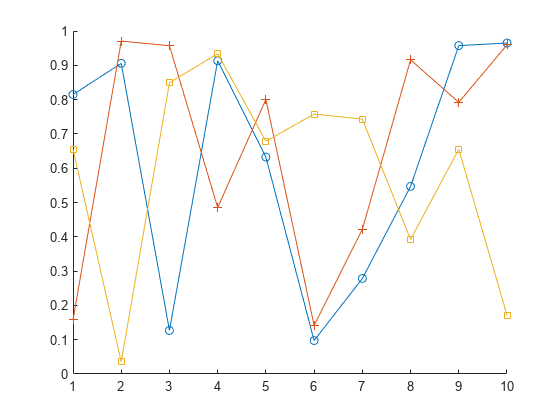structfun
Apply function to each field of scalar structure
Description
A = structfun(func,S)func to each field of scalar structure
S, one field at a time. structfun then
concatenates the outputs from func into the column vector
A. The input argument func is a function
handle to a function that takes one input argument and returns a scalar. The output
from func must always be the same data type to use this syntax.
If the function outputs have different data types, you must set the
UniformOutput name-value argument to
false. The number of elements in A equals the
number of fields in S.
You cannot specify the order in which structfun calculates the
elements of A or rely on them being done in any particular
order.
A = structfun(func,S,Name,Value)func with additional options specified by one or more
Name,Value pair arguments. For example, to return output
values in a structure, specify 'UniformOutput',false. You can
return A as a structure when func returns
values that cannot be concatenated into an array. The returned structure has the
same fields as S.
[A1,...,Am] = structfun(___) returns multiple
output arrays A1,...,Am when func returns
m output values. func can return output
arguments that have different data types, but the data type of each output must be
the same each time func is called. You can use this syntax with
any of the input arguments of the previous syntaxes.
Examples
Input Arguments
Name-Value Arguments
Output Arguments
Extended Capabilities
Version History
Introduced before R2006a
See Also
cellfun | arrayfun | cell2mat | spfun | splitapply
